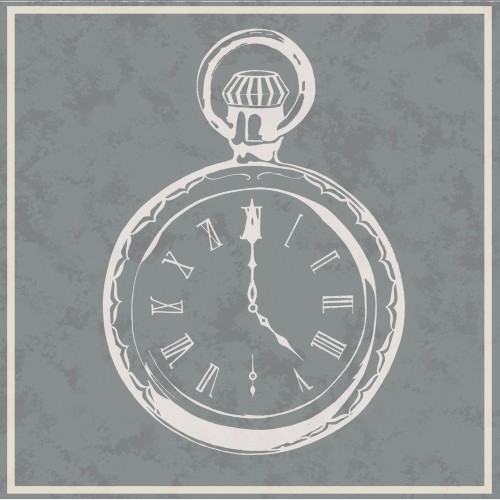 Release Date: October 4th, 2011
Release Date: October 4th, 2011





Metals is significantly stunning to the ears. It soothes and wallows as it entertains greatly. Although it doesn’t go to any extreme, it remains satisfying as it highlights a story and fine-tunes an example of sultry, modern folk that will surely be appreciated by the masses. Here we have, respectively, of the chillest releases of the year. There really hasn’t been another album like this in a very long time.
The energy throughout Metals is strikingly cool. It won’t scare listeners or surprise viewers, but it’ll surely settle them. The lonely guitar and hushed drums call for solid, controlled vocals to match. Even when it picks up steam, it remains steady. It’s refreshing.
If Metals doesn’t catch you with its first song, it’ll have you hooked in its second, “Graveyard.” The song starts slow and escalates to a mysterious tune that cycles through the words, “Woah, bring ’em all back to life,” in its chorus. The words are so profound and haunting, soon met up with a sultry horn sound that’ll hook listeners right away.
The tunes follow along the same mood collectively, but the energy is stretched to many different elements of the story. “The Undiscovered First,” for example, jives at the end to a place where the chorus is chanted and the bass drums are heightened, creating a more intense sway of the sultry mood we hear throughout the album.
An array of instrument sections help produce the effect Feist was going for. The string section in “Anti-Pioneer” is especially sexy and smooth. When the tambourine comes into its place in every song, too, you’ll know it’s about to get hot.
Listeners should also look out for the admirable “Cicadas and Gulls” near the closing of the record. It’s not flashy or catchy, but it’s a really sweet ballad not to be missed.
Today’s folk scene can easily be separated into two categories. The first is the throwback to the much older scene, often clad with banjos and snare upright basses. This style, if done the wrong way, can have a tendency of sounding outdated and repetitive. Feist’s work, especially in Metals, expresses itself more closely to the other category of folk music: a more expressive take on the genre that is less limiting and a bit more catchy. This trendy version allows the music to be a bit more relatable and fun, leaving Metals to be an eclectic mix between vintage and modern, sampling each just the right amount.
Feist’s vocal work here, both in the main mixing and background vocals, is exceptional. Especially in songs such as “How Come You Never Go There,” there’s something to be noted about the way her own words echo herself throughout the record. It’s as though the album were recorded in one take because her voice is ever-flowing and always drifting toward the next sequence. This makes it easy to get caught up in the album and also difficult for the listener to even notice a change between songs.
Some might take this continuum as a drag because of the lack of drastic change, but it’s so calm that the effect is harmless. So what if they trail so stealthily from one track to the next? It’s a charming flow that isn’t meant to be messed with. So let it remain as it was intended to be heard, and you’ll really enjoy what you hear.
Feist – Metals tracklist:
- “The Bad in Each Other”
- “Graveyard”
- “Caught a Long Wind”
- “How Come You Never Go There”
- “A Commotion”
- “The Circle Married the Line”
- “Bittersweet Melodies”
- “Anti-Pioneer”
- “Undiscovered First”
- “Cicadas and Gulls”
- “Comfort Me”
- “Get It Wrong, Get It Right”


